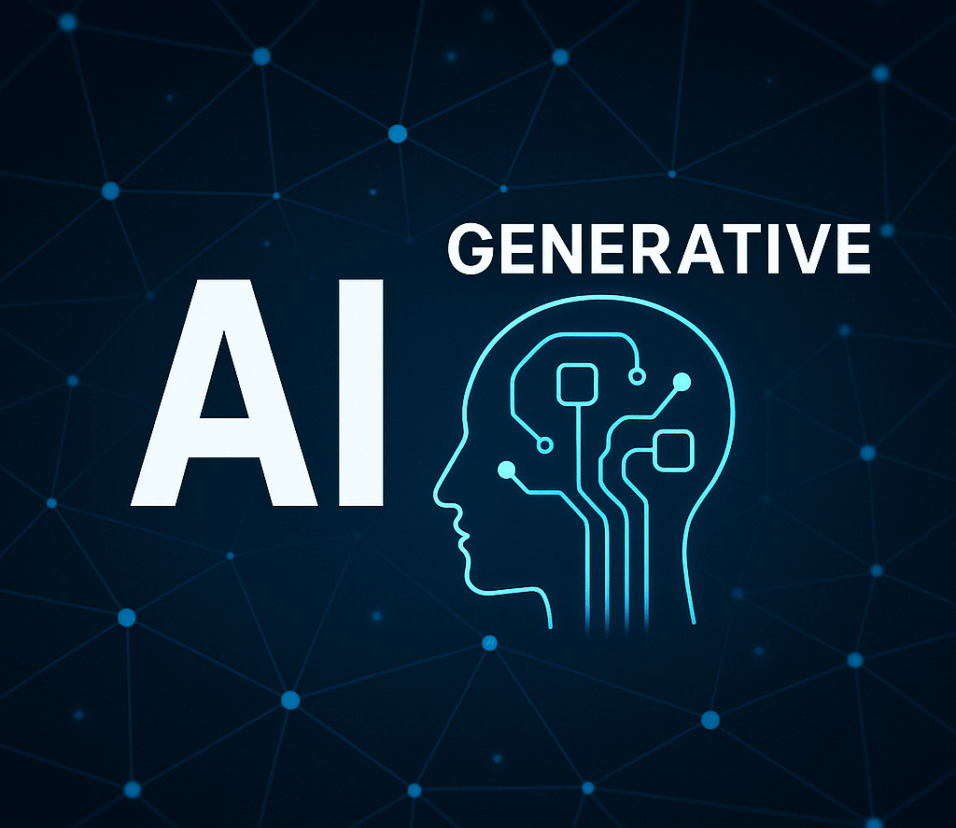Introduction
Artificial Intelligence (AI) is transforming industries, from healthcare and finance to entertainment and customer service. However, with its rapid adoption, ethical concerns have surfaced, particularly around bias, privacy, and accountability in machine learning (ML) models. As AI becomes more integrated into decision-making processes, ensuring fairness, transparency, and user protection is more critical than ever. This article explores the challenges of ethical AI and the strategies for tackling bias, preserving privacy, and maintaining accountability in ML models.

1. Understanding Bias in Machine Learning
Bias in AI occurs when a model produces prejudiced outcomes due to imbalanced data, flawed algorithms, or systemic discrimination. Some common forms of AI bias include:
- Data Bias: If an AI model is trained on non-representative or skewed datasets, it may reinforce existing inequalities. For example, a hiring algorithm trained on male-dominated resumes may favor men over women.
- Algorithmic Bias: Even with balanced data, algorithms can create biased results due to flawed design or assumptions.
- Human Bias: Bias in AI can stem from human developers, consciously or unconsciously embedding their own prejudices into the system.
How to Reduce AI Bias
Human Oversight: AI should assist, not replace, human judgment in critical decision-making processes.
Diverse and Representative Data: Ensure that training datasets are inclusive and cover diverse demographics.
Bias Audits: Regularly test AI models to detect and correct bias before deployment.
Fairness-Aware Algorithms: Implement algorithms designed to counteract biases, such as re-weighting datasets or using fairness constraints.
1. Understanding Bias in Machine Learning
Bias in AI occurs when a model produces prejudiced outcomes due to imbalanced data, flawed algorithms, or systemic discrimination. Some common forms of AI bias include:
- Data Bias: If an AI model is trained on non-representative or skewed datasets, it may reinforce existing inequalities. For example, a hiring algorithm trained on male-dominated resumes may favor men over women.
- Algorithmic Bias: Even with balanced data, algorithms can create biased results due to flawed design or assumptions.
- Human Bias: Bias in AI can stem from human developers, consciously or unconsciously embedding their own prejudices into the system.
How to Reduce AI Bias
- Diverse and Representative Data: Ensure that training datasets are inclusive and cover diverse demographics.
- Bias Audits: Regularly test AI models to detect and correct bias before deployment.
- Fairness-Aware Algorithms: Implement algorithms designed to counteract biases, such as re-weighting datasets or using fairness constraints.
- Human Oversight: AI should assist, not replace, human judgment in critical decision-making processes.
2. Privacy Concerns in AI Systems
With the increasing use of AI for personal data analysis, privacy has become a significant concern. AI models often process sensitive information, including financial transactions, medical records, and social interactions, raising questions about data security and user consent.
Key Privacy Challenges in AI
- Data Collection Without Consent: Many AI systems collect and use data without clear user permission.
- Risk of Data Breaches: AI models require large datasets, making them potential targets for cyber-attacks.
- Re-identification Risks: Even anonymized data can sometimes be reverse-engineered to reveal personal details.
Strategies to Enhance AI Privacy
- Data Minimization: Collect only the necessary data and avoid unnecessary storage of user information.
- Differential Privacy: Introduce noise to datasets to protect individual identities while preserving data utility.
- Federated Learning: Train AI models on decentralized data sources without moving data to a central server, reducing privacy risks.
- Regulatory Compliance: Follow global privacy laws like GDPR and CCPA to ensure ethical AI deployment.
3. Ensuring Accountability in AI Systems
Who is responsible when AI makes a mistake? Lack of accountability in AI-driven decisions can lead to ethical dilemmas, particularly in areas like criminal justice, healthcare, and financial lending.
Challenges in AI Accountability
- Opaque Decision-Making: Many AI models, especially deep learning models, operate as “black boxes,” making it hard to interpret their decisions.
- Absence of Clear Liability: Determining who is responsible for AI errors—developers, companies, or regulators—remains a complex issue.
- Lack of Explainability: Users affected by AI decisions often don’t understand why a particular decision was made.
Solutions for AI Accountability
- Explainable AI (XAI): Develop AI models that provide clear, interpretable outputs.
- AI Governance Frameworks: Establish policies that define roles and responsibilities for AI-related decisions.
- Audit Trails: Keep records of AI decisions for review and accountability purposes.
- Ethical AI Guidelines: Organizations should adopt ethical principles such as transparency, fairness, and responsibility in AI development.








Leave feedback about this